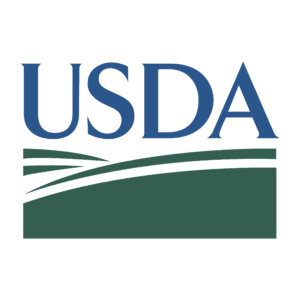Feb 14, 2023USDA alerts growers to new disaster, pandemic relief
The U.S. Department of Agriculture’s Farm Service Agency is alerting growers to two new federal assistance programs for revenue losses from COVID-19 pandemic and natural disasters in 2020 and 2021.
Phase 2 of the Emergency Relief Plan (ERP) is for operators who experienced losses from eligible natural disasters in 2020 and 2021. ERP Phase 2 is for producers who did not receive assistance during the first phase.


Applications for both new programs are due June 2, and you can apply for both programs during your same appointment with USDA’s Farm Service Agency (FSA).
According to the FSA, of the $7.39 billion disbursed through the Emergency Relief Plan’s Phase 1, 1.11 billion went to the specialty crop growers, including:
- $135.6 million to apple growers
- $112.7 million to grape growers
- $73.4 million to cherry growers
Historically, FSA programs have been designed to make direct payments to producers based on a single disaster event or for a single commodity loss.
Why revenue-based programs?
ERP Phase Two and PARP take a much more holistic approach to disaster assistance, ensuring that producers not just make it through a single growing season but have the financial stability to invest in the long-term well-being of their operations and employees.
In general, ERP Phase Two payments are based on the difference in allowable gross revenue between a benchmark year, representing a typical year of revenue for the producer and the disaster year – designed to target the remaining needs of producers impacted by qualifying natural disasters and avoid duplicative payments. ERP Phase Two revenue loss is based on tax years.
For PARP, an agricultural producer must have been in the business of farming during at least part of the 2020 calendar year and had a decrease in revenue for the 2020 calendar year, as compared to a typical year. PARP revenue loss is based on calendar years.
How to Apply
In preparation for enrollment, producers should gather supporting documentation including:
- Schedule F (Form 1040); and
- Profit or Loss from Farming or similar tax documents for tax years 2018, 2019, 2020, 2021 and 2022 for ERP and for calendar years 2018, 2019 and 2020 for PARP.
Producers should also have, or be prepared to have, the following forms on file for both ERP and PARP program participation:
- Form AD-2047, Customer Data Worksheet (as applicable to the program participant);
- Form CCC-902, Farm Operating Plan for an individual or legal entity;
- Form CCC-901, Member Information for Legal Entities (if applicable); and
- Form AD-1026 Highly Erodible Land Conservation (HELC) and Wetland Conservation (WC) Certification.
- Form CCC-860, Socially Disadvantaged, Limited Resource, Beginning and Veteran Farmer or Rancher Certification, as certain existing permanent and ad-hoc disaster programs provide increased benefits or reduced fees and premiums.














